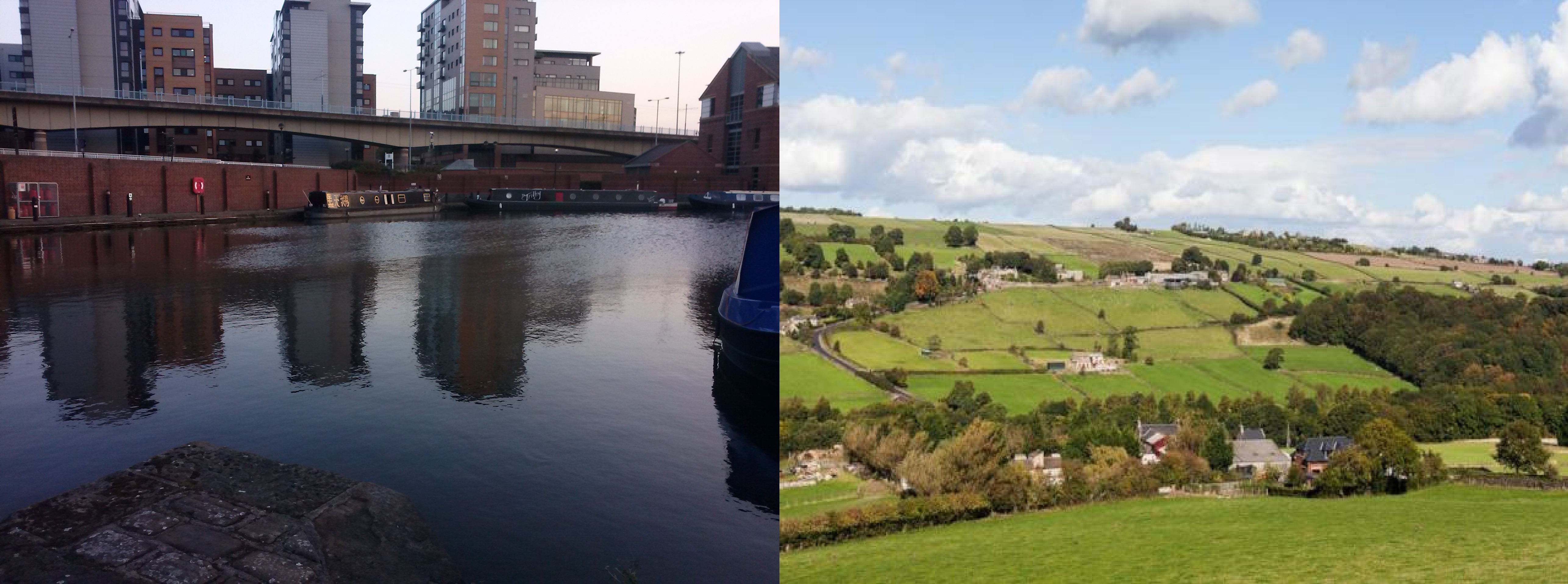
Uploaded on 2017-06-06 by Maria Moise
1. Washington DC: 21.0° hotter in the city than in the nearby rural areas. This strikes me as the difference is quite big and I definitely was not expecting it. San Diego is 23.0° hotter than the rural areas nearby it. However, the city is cooler in the summer than the rural areas by around -0.6°. Boston is hotter than the nearby rural areas by up to 15.0°. 2. According to a research paper done by The University of Sheffield in 2008, the main effects of the UHI in Sheffield are: -increased electric cooling demand -increased flooding => ground shrinkage => more damage to building foundations -crop damage. The difference in temperature (measured in spring) between Sheffield and the rural areas nearby is of about 2 degrees Celsius. Sheffield has plenty of green spaces and parks and about one third of its border is in the Peak District, a national park, so this contributes to the low difference in temperature. I am surprised, however, that the difference is so low, especially because the city has wide street canyons and not so many trees along the streets. It is interesting to notice that the areas that are the hottest are the most deprived of green spaces and water bodies (this points to the commercial & large shopping areas). 3. I would plant more trees on the streets, have more fountains & water bodies in the parks or close to the pedestrian areas. I would also change the colours of the facades of the buildings (at the moment most of them are dark red or brown due to the fact that brick is heavily used in construction) to something warmer & lighter (yellow, white). 4. The local council is investing money in research & derived activities from it to support the development of teams that work on the adaptation options for urban planning & design. They are also involved in selecting specific case study sites for more detailed analysis of the effects of increasing heat. Buildings from key areas are tested in a city model. Since 2008, when all those policies were enforced, more green spaces have been developed in certain areas that needed it the most and that is it. I find it slightly disappointing, as the research papers point towards a high amount of information that helps with better understanding of the phenomenon and the causes of it. Given the low difference in temperature between the city and the surrounding areas, it is somehow understandable that more practical measures have not been implemented so far. However, just because the situation is not alarming at the moment it does not mean that the government should not keep an eye on it, especially when the city is growing at a fast pace and more and more people move here.